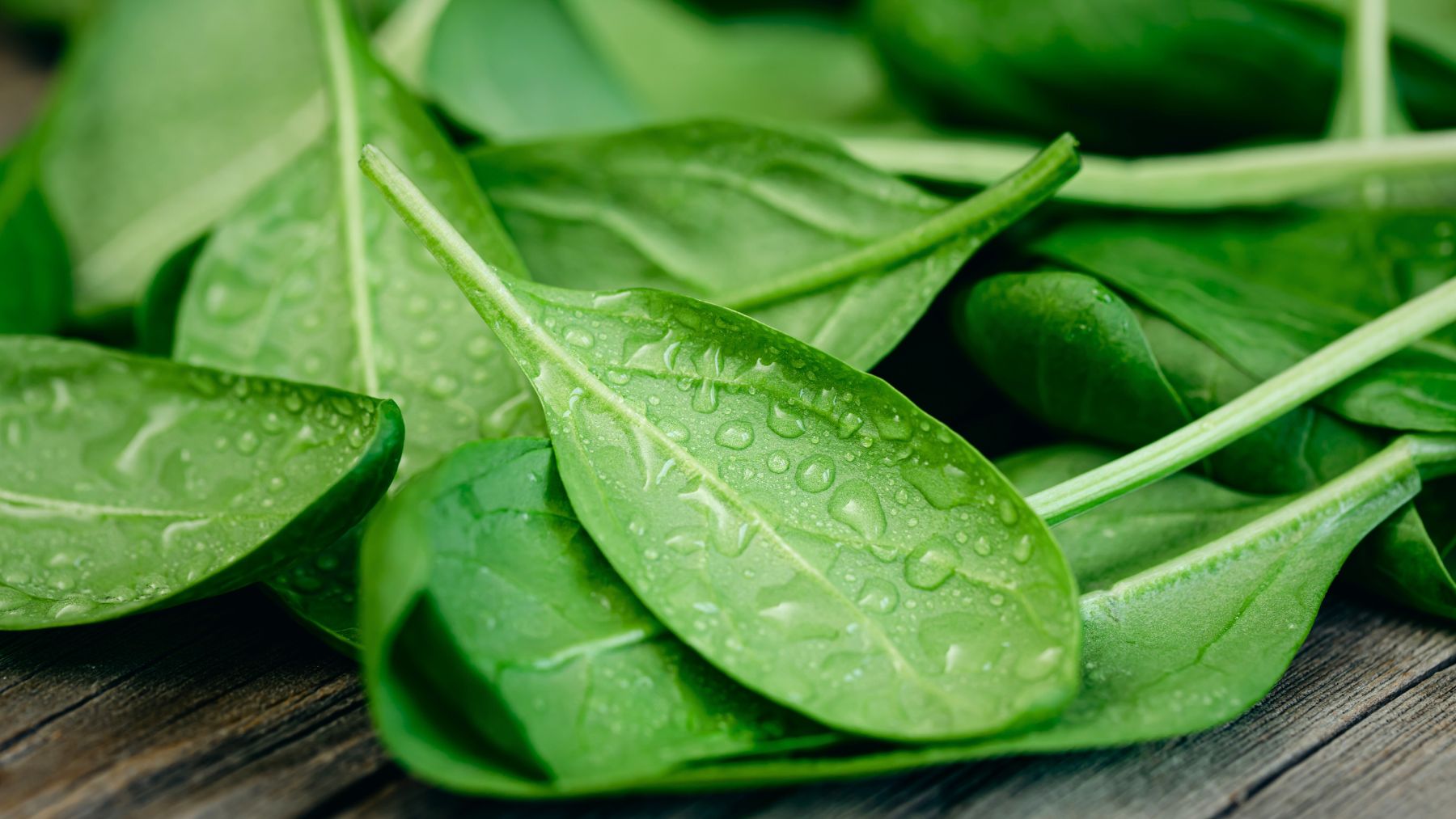Iron is important for energy, focus, and red blood cell production, yet many people don’t get enough of it. Most think of meat, spinach, or chickpeas as the usual sources, but there’s another leafy green that’s often overlooked and worth considering.
Dandelion greens are rich in iron, vitamins, fiber, and antioxidants. They support blood health, digestion, and immune function, and they’re easy to prepare in simple meals. In this article, we’ll cover their key benefits and how to use them in everyday cooking.
Dandelion greens: an iron-rich food often overlooked
Dandelion greens are nutrient-dense, low in calories, and rich in vitamins and minerals. A single cup of raw dandelion greens contains about 1.7 mg of iron, roughly 9% of the recommended daily value. When cooked, the iron content increases slightly per serving. This makes them a solid plant-based source of iron, especially when paired with foods rich in vitamin C, which improves absorption.
Beyond iron, they’re loaded with vitamin K, vitamin A, and vitamin C. One cup of raw greens provides over 500% of your daily vitamin K needs, supporting bone health and proper blood clotting. Vitamins A and C contribute to immune support and antioxidant activity. These greens also offer calcium, potassium, magnesium, and prebiotic fiber, all of which support heart health, digestion, and stable blood sugar.
Dandelion greens have been studied for their potential anti-inflammatory, antimicrobial, and diuretic properties. Their high fiber and inulin content feed beneficial gut bacteria and support bowel regularity. They’re also used traditionally to reduce water retention, and the potassium in them helps balance out that effect by protecting against potassium loss.
How to add dandelion greens to your meals
Dandelion greens are easy to add to simple meals, especially once you know how to work with their slightly bitter taste. Young, raw leaves are milder and work well in fresh dishes, while mature greens benefit from a little heat. Here are a few easy ways to use them:
- Sautéed with garlic and olive oil: A quick sauté softens the bitterness and brings out a nutty flavor. Add chili flakes, lemon juice, or onions to round it out.
- Mixed into salads: Use young leaves in a salad blend. Pair with milder greens like romaine or butter lettuce, and add a citrus-based dressing for balance.
- Stirred into soups or stews: Chop and add near the end of cooking, similar to how you’d use kale or chard.
- Blended into smoothies: Use a small handful of raw leaves along with fruits like pineapple, mango, or orange. Their flavor is easily masked.
- Tossed with pasta or grains: Mix sautéed greens into cooked pasta, rice, or quinoa. Add a sprinkle of cheese or nuts for texture and richness.
- Used in omelets or scrambles: Cook down a handful of chopped greens and mix into eggs. They work well with onions, mushrooms, or tomatoes.
You can start with small amounts to get used to the flavor. Dandelion greens are easy to find at farmers’ markets and health food stores. They may not be the first food that comes to mind, but they’re worth incorporating to add something different to your meals and, of course, to boost your iron intake.

